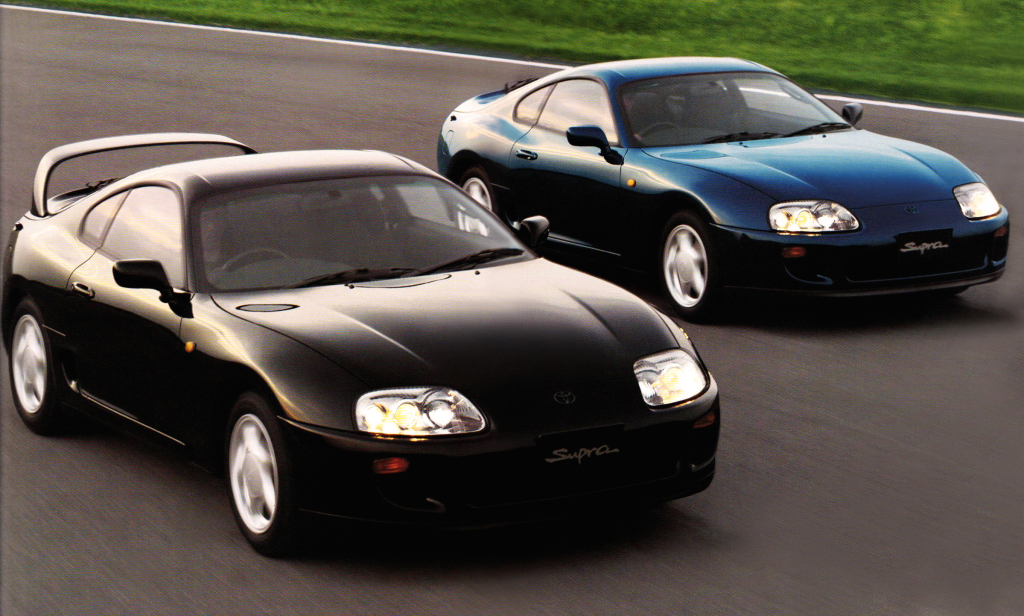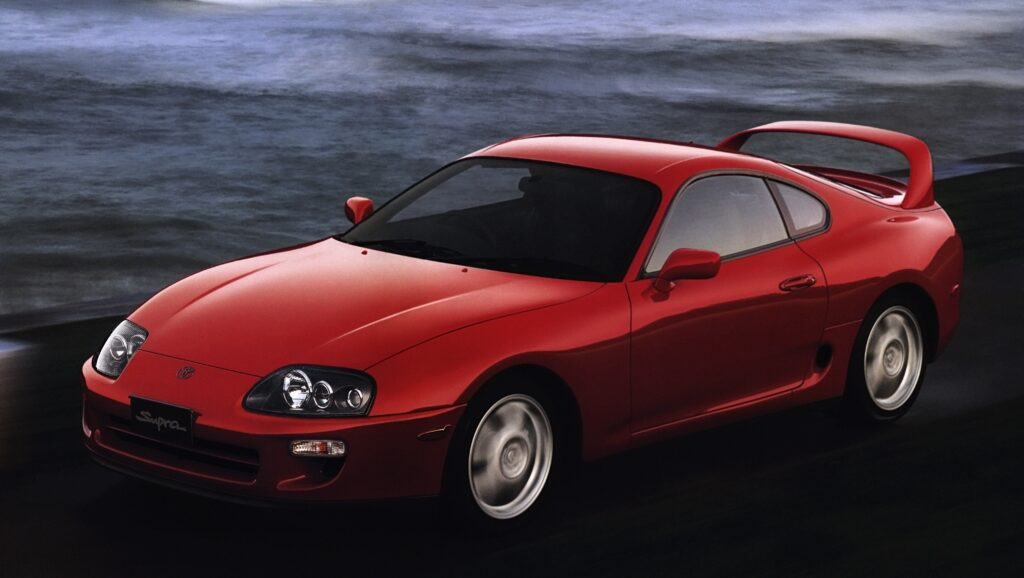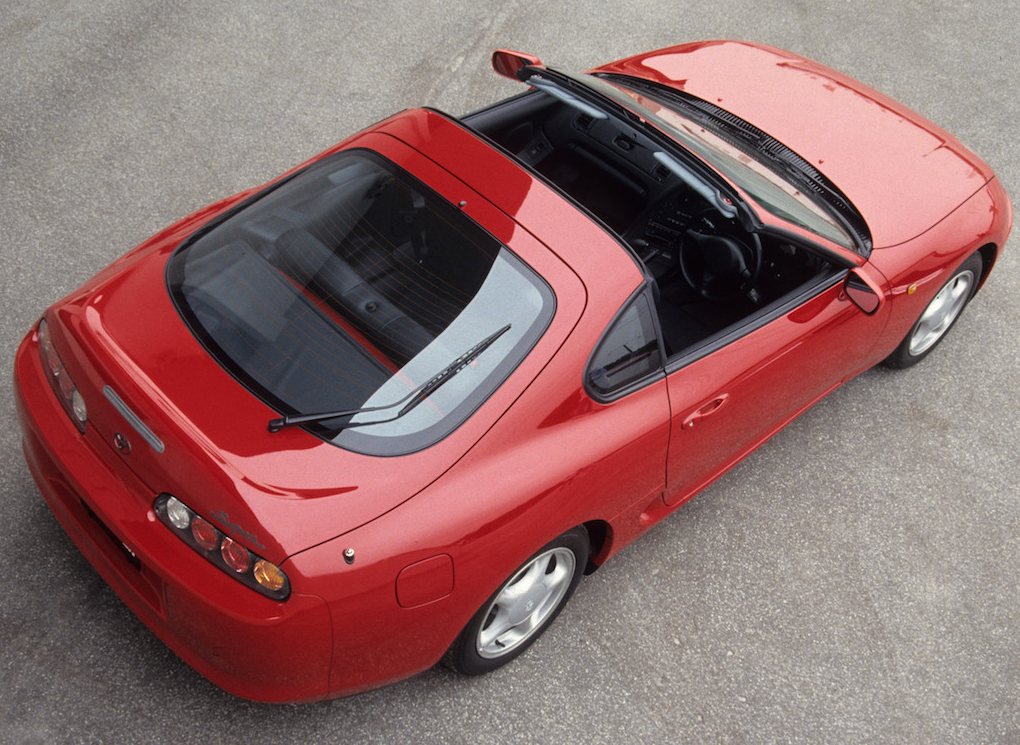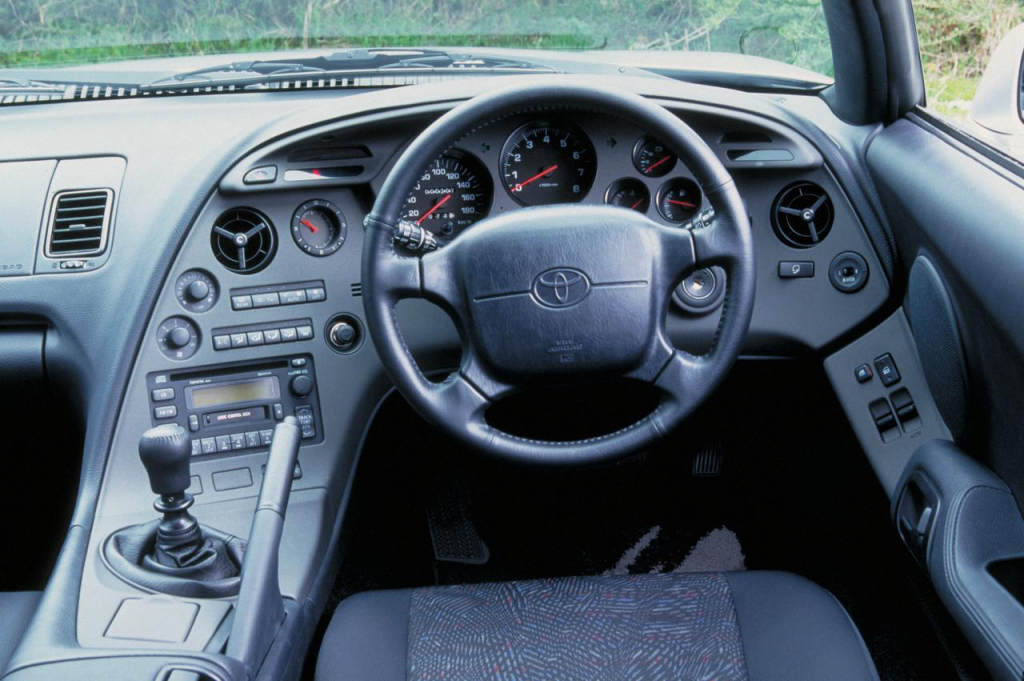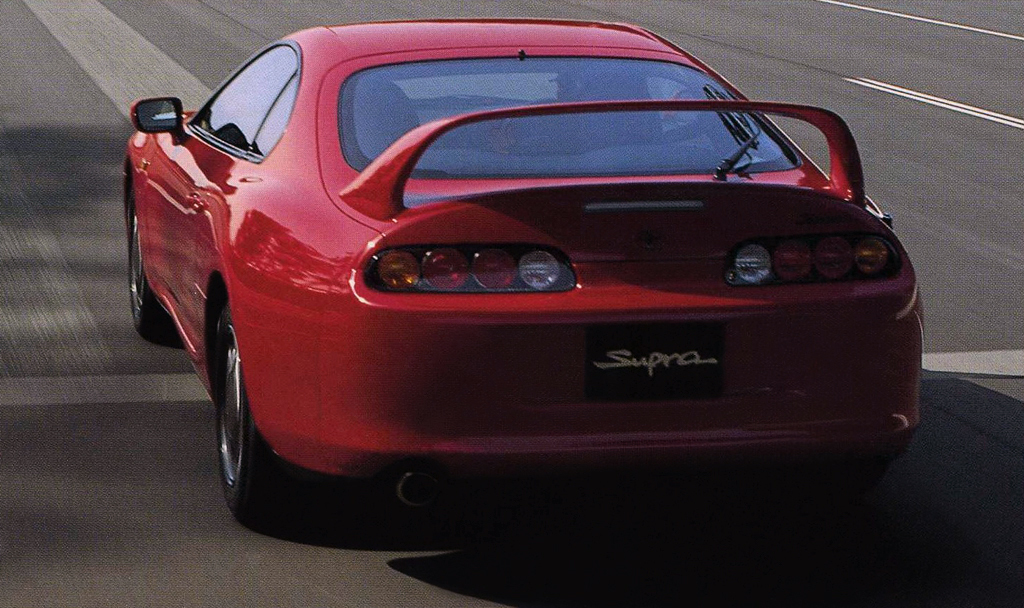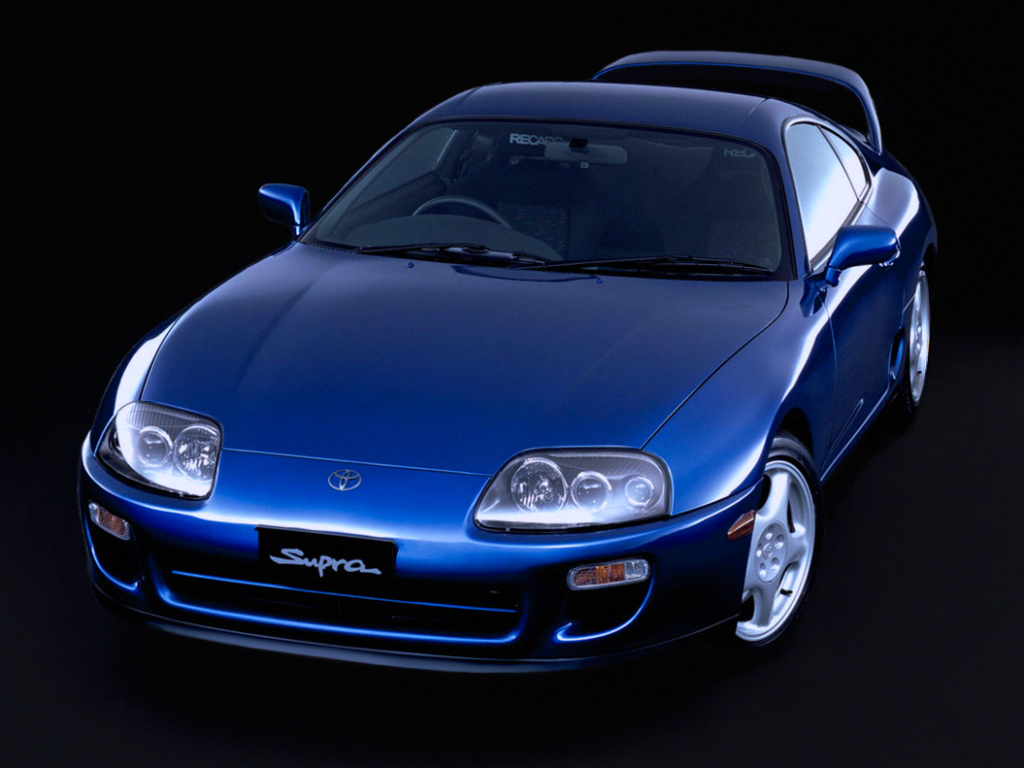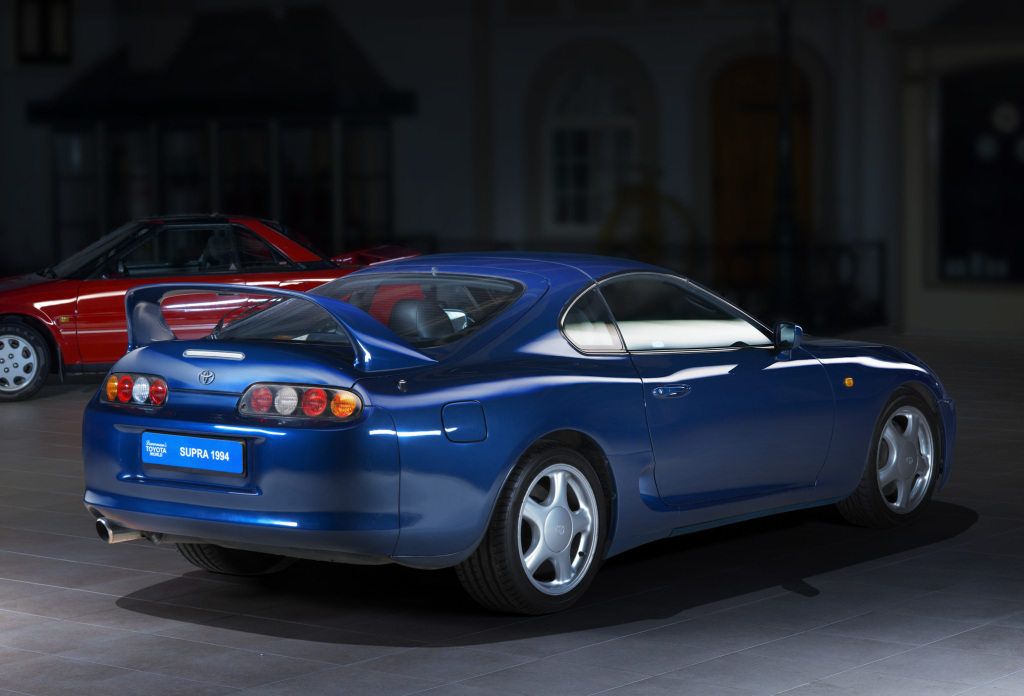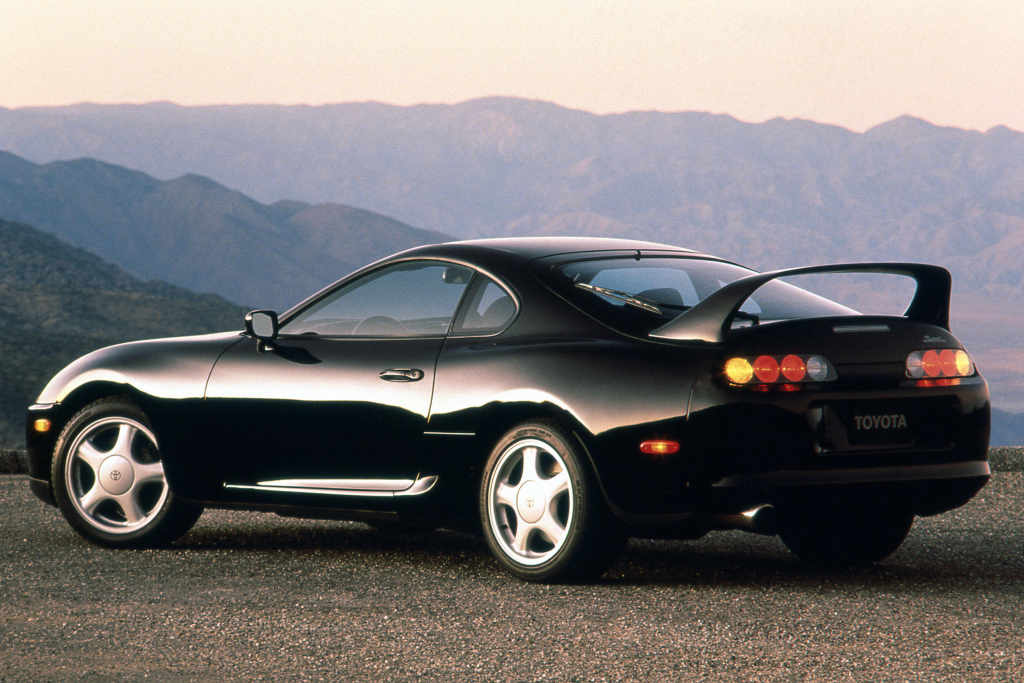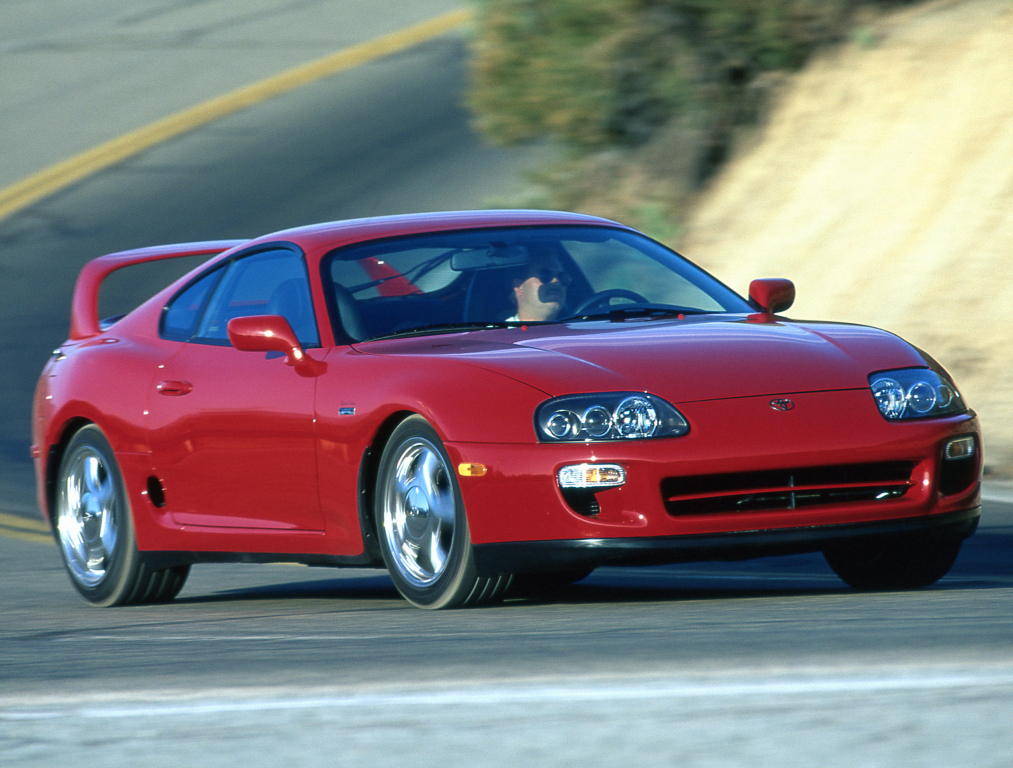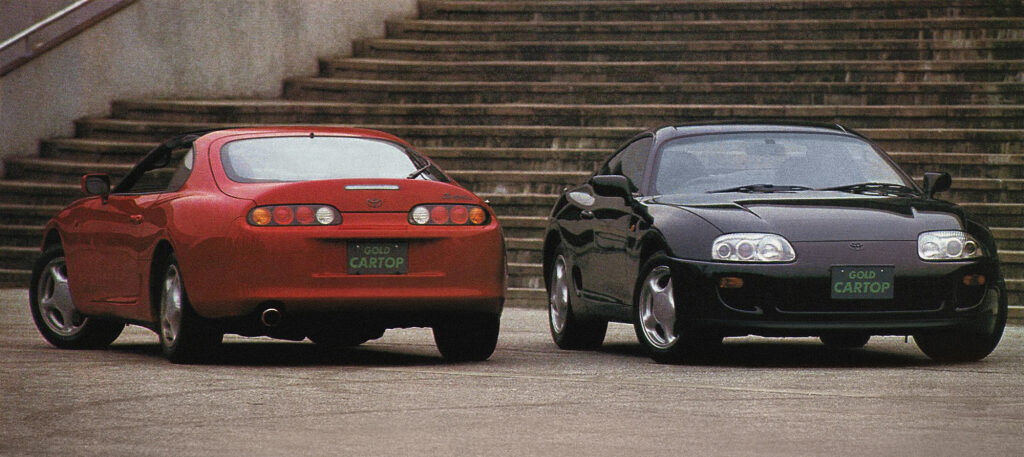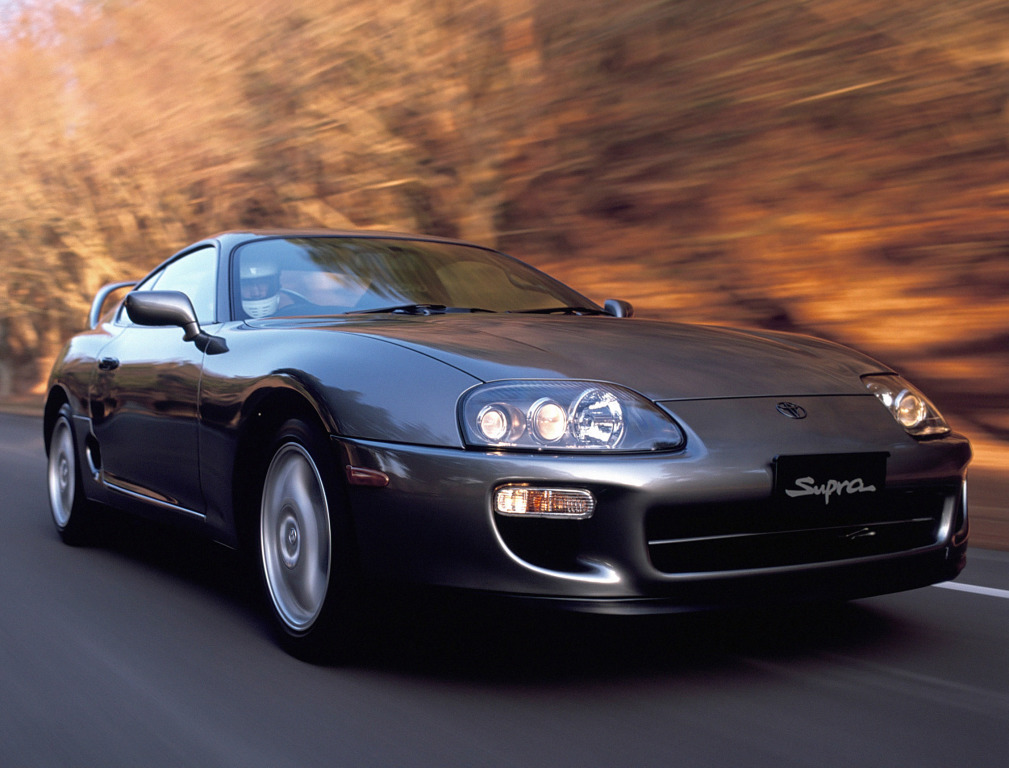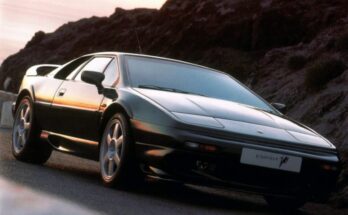The Toyota Supra has captured the hearts of automotive enthusiasts worldwide with its distinctive blend of style, performance, and heritage. Renowned for its sleek design, powerful engines, and precision engineering, the Supra has cemented its place as a true icon in the automotive world.
While the A80 (Mark IV) Supra often steals the spotlight, celebrated for its legendary 2JZ engine and its starring role in pop culture, the story of this remarkable car spans much further back. It traces its evolution through earlier generations, each contributing to the Supra’s legacy.
The Birth of an Icon: A40 (1978–1981)
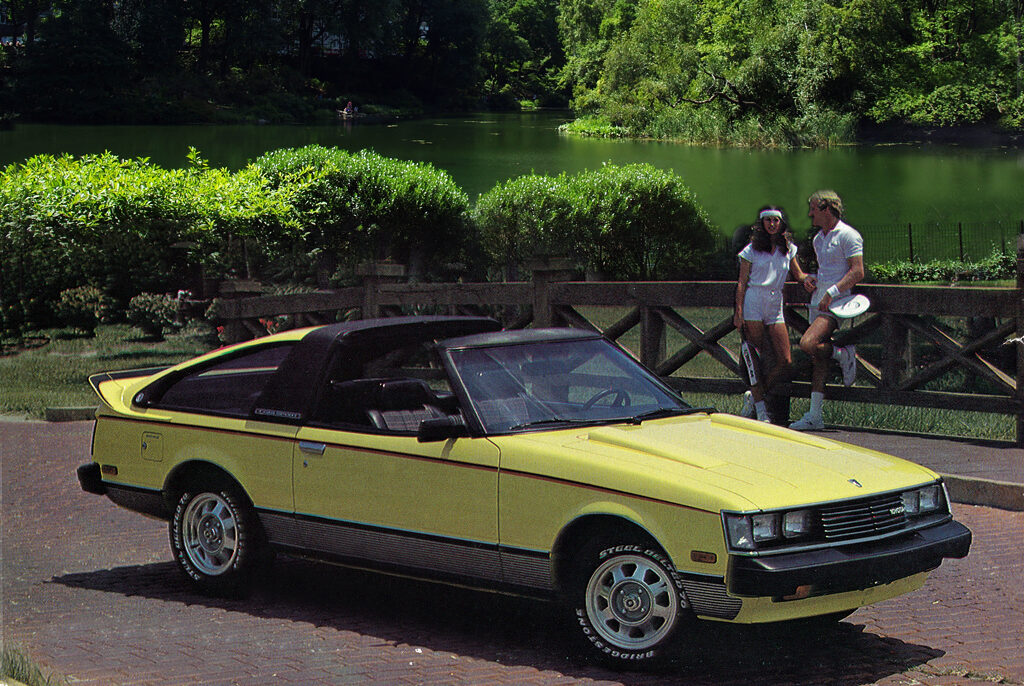
The journey of the Toyota Supra began in 1978 with the introduction of the A40, a model based on the Toyota Celica. Known as the Celica Supra in many markets, the A40 was Toyota’s first foray into the grand tourer (GT) market. It featured a longer wheelbase to accommodate the inline-six engine, setting the tone for all future Supra models. Powered by a 2.0L or 2.6L engine, the A40 prioritized comfort and practicality while hinting at the sporty aspirations that would define later models.
The A60 (1981–1986): Sport Meets Luxury
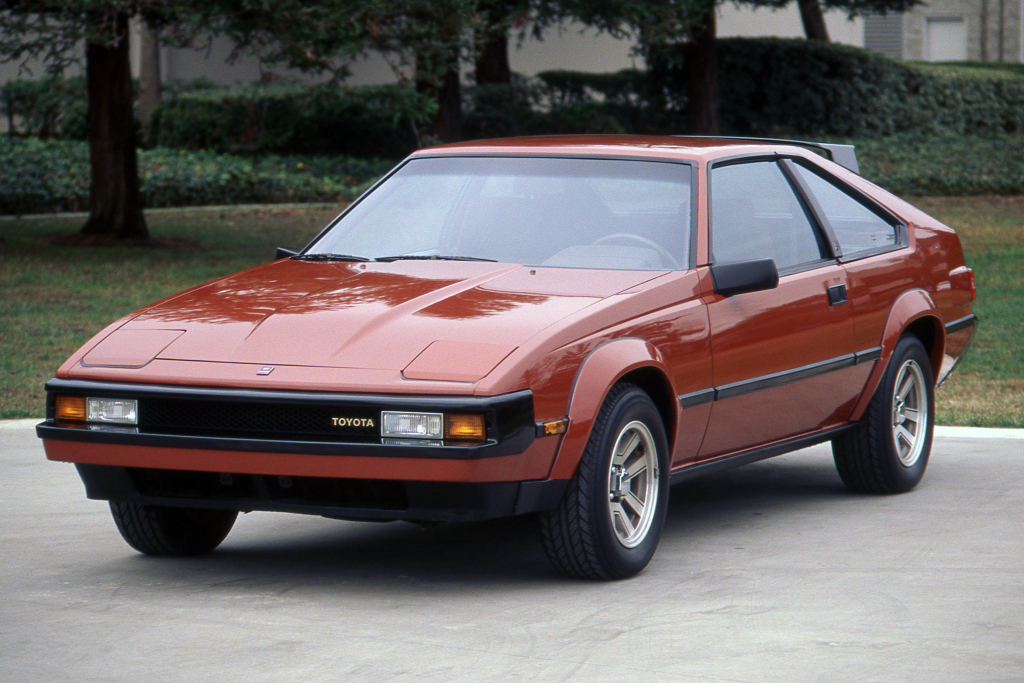
The second-generation Toyota Supra, the A60, marked a significant step forward in performance and design. With its sharp, wedge-shaped styling and pop-up headlights, the A60 embraced the 1980s aesthetic while delivering improved handling and power. It introduced technological advancements such as independent rear suspension and electronic fuel injection. Available in various trims, including the performance-oriented P-Type (Performance Type) and luxury-oriented L-Type (Luxury Type), the A60 catered to diverse audiences.
Related: Remembering the Toyota MR2
Under the hood, engines like the 2.8L 5M-GE inline-six gave the A60 a respectable power output, laying the groundwork for the Supra’s reputation as a sports car with GT comfort.
The A70 (1986–1993): Performance Refined

By the mid-1980s, the Supra had fully established itself as a standalone model, no longer sharing the Celica nameplate. The A70 Supra embraced the growing emphasis on performance, offering a choice of powerful inline-six engines, including the turbocharged 7M-GTE, which delivered 232 horsepower. This generation also introduced advanced technologies such as Toyota’s TEMS (Toyota Electronically Modulated Suspension), ABS, and a limited-slip differential.
Related: Remembering the ST185 Toyota Celica GT-Four
With its sophisticated design, impressive power, and motorsport pedigree (including a stint in the All-Japan Touring Car Championship), the A70 brought the Supra closer to its ultimate form.
The Pinnacle: A80 (1993–2002)
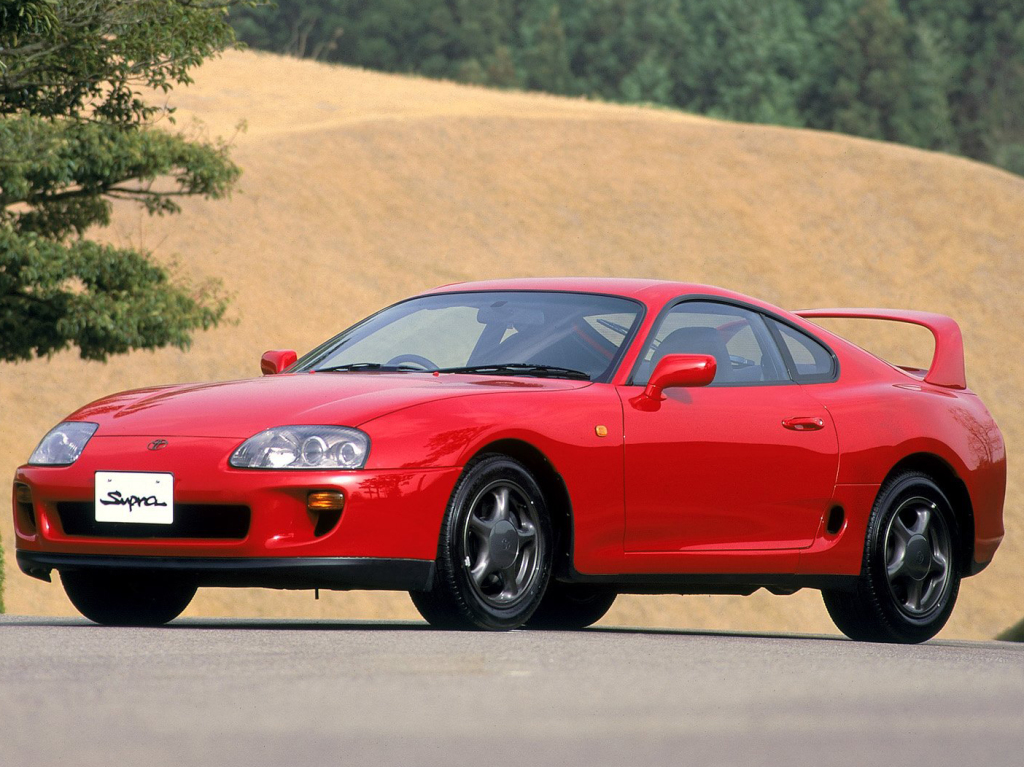
The fourth-generation Toyota Supra, known as the A80 or Mark IV, is a car that has become a legend in its own right. Debuting in 1993, the A80 was a radical departure from its predecessors, both in terms of design and engineering. Its sleek, curvaceous body, retractable spoiler, and iconic headlights created a distinct silhouette that remains timeless.
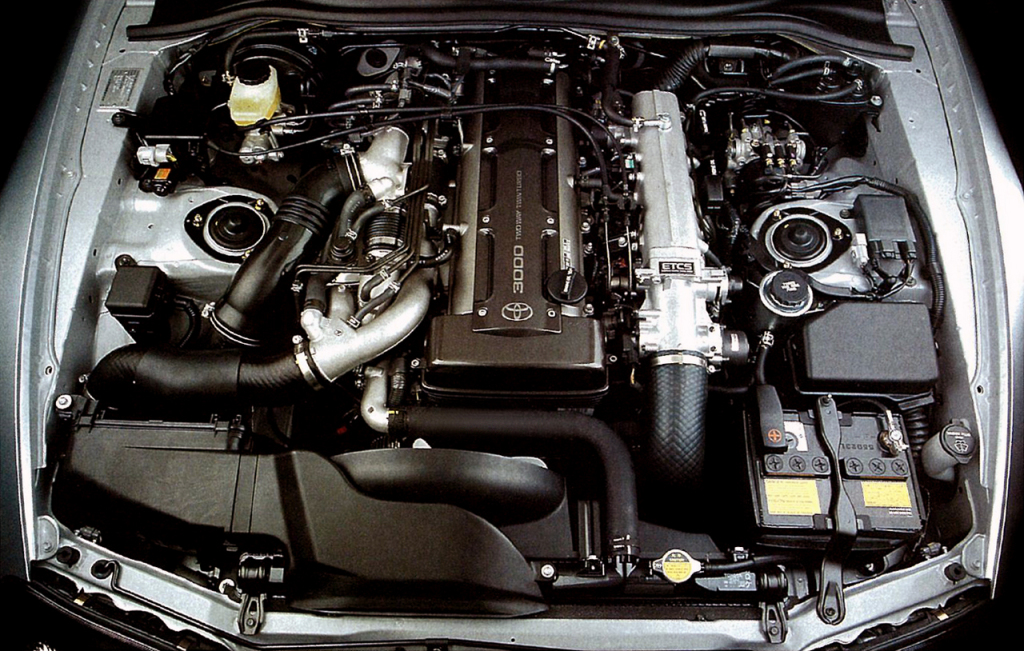
Underneath the hood lay the heart of the legend: the 2JZ-GTE engine. This 3.0L inline-six powerhouse featured twin sequential turbochargers, producing 276 horsepower in its Japanese domestic market (JDM) configuration, though real-world figures often exceeded this due to conservative factory ratings. In export markets, the engine was tuned to deliver 320 horsepower, making the A80 a supercar slayer of its time.
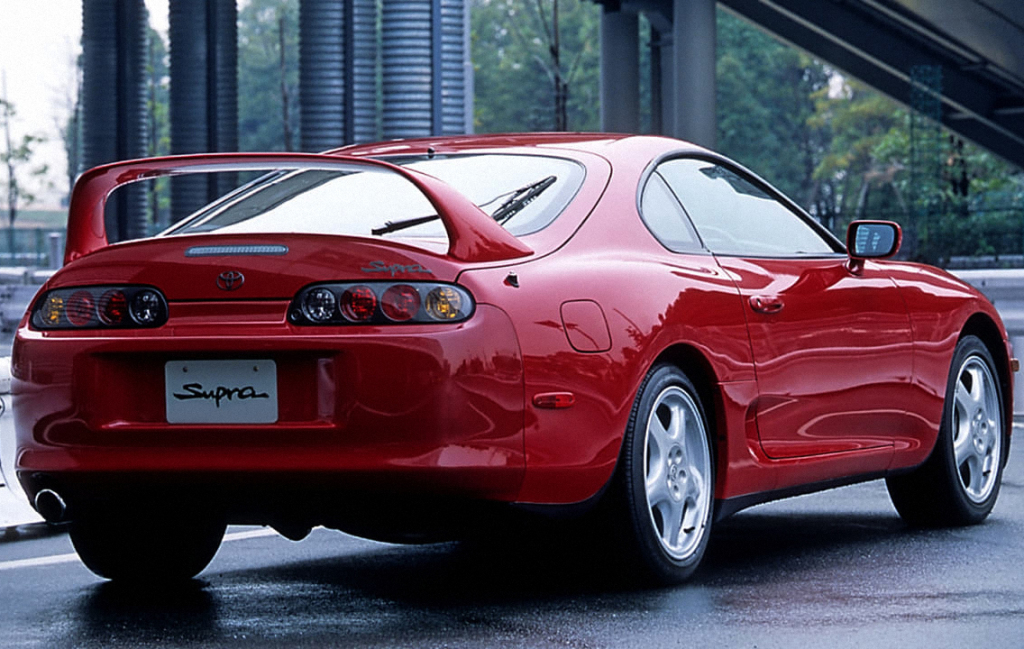
The A80’s engineering brilliance extended beyond its engine. It featured a lightweight aluminum hood, magnesium-alloy steering wheel, and advanced aerodynamics. The car’s impeccable handling was achieved through a near-perfect weight distribution and double-wishbone suspension. Whether accelerating on a straightaway or carving through corners, the A80 delivered an unmatched driving experience.
Cultural Impact and Legacy
The A80 Supra’s fame extended beyond the automotive world, partly due to its prominent role in the Fast & Furious franchise and the growth of aftermarket tuning culture. Its 2JZ-GTE engine became the gold standard for tuners, capable of handling immense power with minimal modifications. From drag strips to car shows, the A80 Supra emerged as an icon of boundless performance and potential.
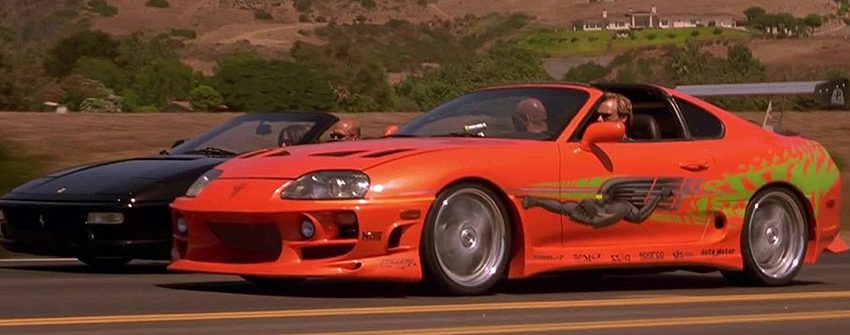
Even after its production ended in 2002, the A80 remained an icon. Its value as a collector’s item skyrocketed, and its influence on car culture remains strong.
A Supra Renaissance
The Supra legacy was rekindled with the introduction of the fifth-generation A90 (2019–present), also called GR Supra developed in collaboration with BMW. While opinions on the A90 vary, its existence underscores the enduring impact of the Supra nameplate. However, recently there have been reports circulating about Toyota considering pulling the plugs off the Supra once again.
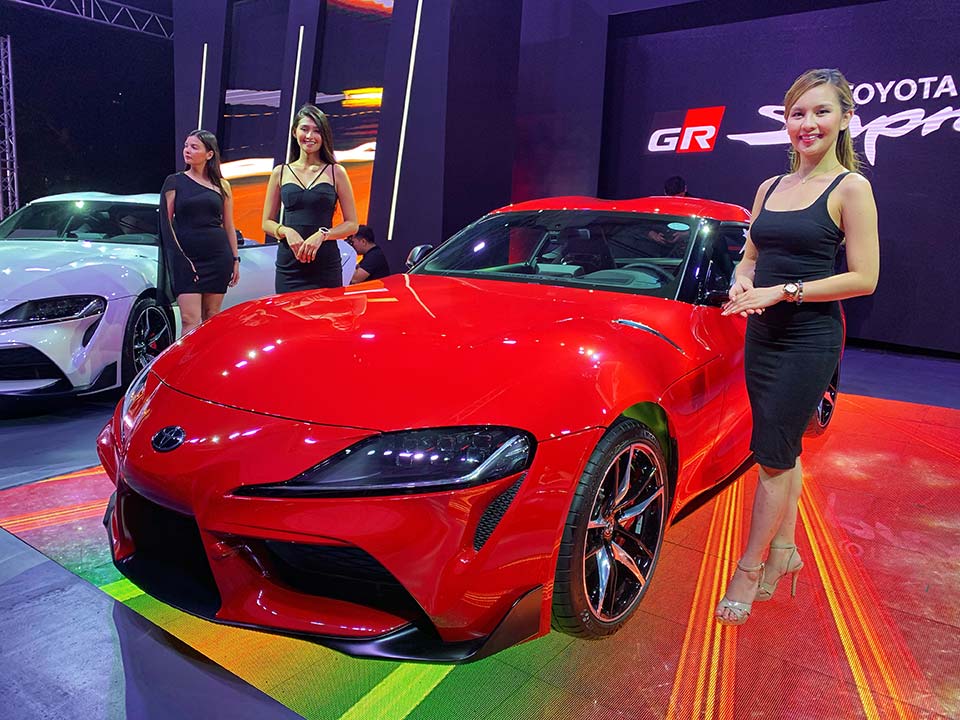
From the humble beginnings of the A40 to the revolutionary A80, the Toyota Supra represents a journey of innovation, passion, and engineering excellence. The A80, with its unparalleled performance and cultural resonance, stands as the crown jewel in this storied lineage. Whether you’re a fan of the Supra’s heritage or its future, one thing is certain: the Supra’s legacy is destined to endure for generations to come.

I don’t eat, sleep or dream of cars, I am just someone who loves to see, think & write about cars. I love Ferrari in Pink but they won’t make one for me. I use X to write my full name, but that doesn’t mean I’m inspired by Altis X, in fact, my dad hates it 😀 Btw I’m an occasional writer so don’t expect too much from me 🙂


